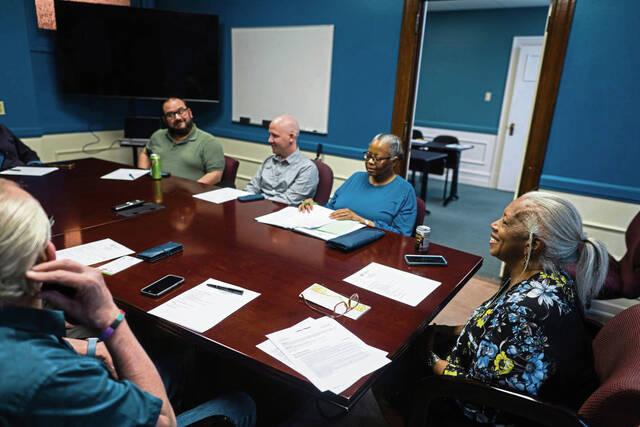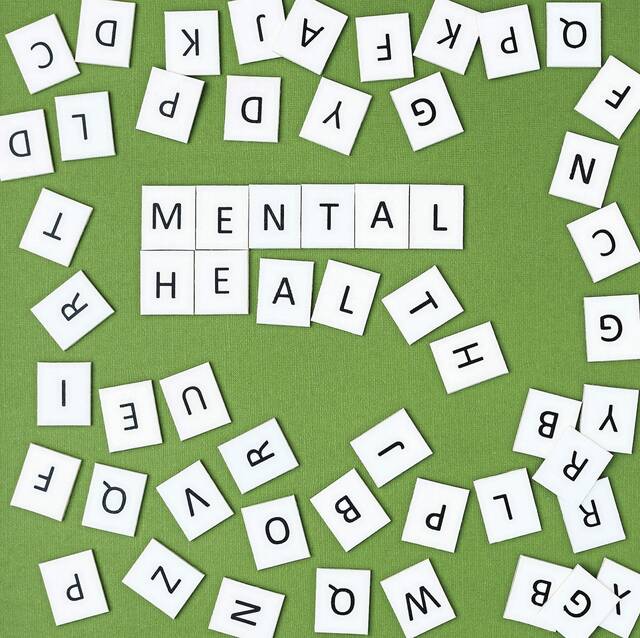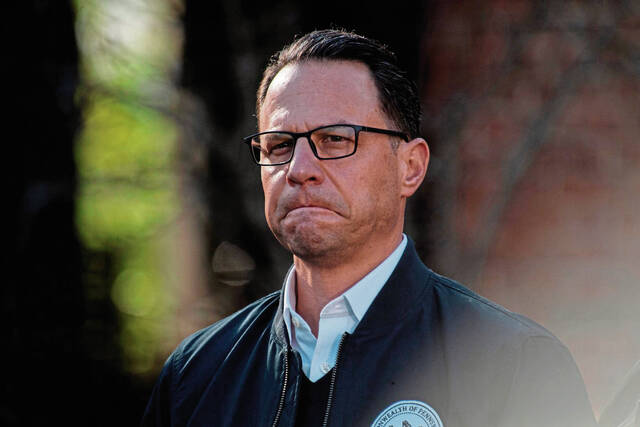Is diversity disappearing?
In 2015, the Westmoreland Diversity Coalition was created. Carlotta Paige founded the organization by expanding her work on the annual Unity Rally.
“The issue of diversity, nobody wanted to deal with (it),” she said. “It’s been a challenge every day.”
After 10 years, Paige is retiring and the coalition is quietly going away.
Part of it is that she won’t be there to steer it. However, the hostile attitude toward diversity, equity and inclusion initiatives is a factor, too. President Donald Trump has been working to dismantle diversity efforts since his January inauguration.
Westmoreland County is not very diverse. The county is about 92% white, according to the 2020 U.S. Census. Even its most diverse areas are huge majorities. Jeannette City School District is 79% white, New Kensington-Arnold is 78% white, and Monessen City is 77% white. They are balanced by places like Burrell and Mt. Pleasant Area districts at 97% white.
There’s nothing wrong with that racial makeup, but there’s a question of whether it’s helpful for the future of those areas.
Creating an atmosphere more welcoming to a mix of backgrounds was part of the goal of the last county comprehensive plan. That same census data shows a 16% decline in county population, reflecting people who leave for other opportunities and an aging population that is dying more than growing.
The solution foreseen in the comprehensive plan was diversity — to make sure people of all ethnic backgrounds could see the economic, cultural, educational and recreational treasure that is Westmoreland County.
But does that goal work without the help of groups like the Westmoreland Diversity Coalition? Or does it push back against that potential? Without some kind of growth, the county population is expected to drop by about 55,000 people by 2050. That’s a lot fewer people paying taxes, keeping hospitals open and making the economy hum.
Westmoreland isn’t alone. Diversity is becoming a stumbling block everywhere. The University of Pittsburgh is cutting its Office for Equity, Diversity and Inclusion.
“This change allows us to meet this moment while advancing values that have long defined our university: integrity, fairness, inclusion, and a belief in the possibilities for every member of our community,” Pitt Chancellor Joan Gabel and Vice Chancellor for Institutional Engagement and Wellbeing Clyde Pickett wrote in a message June 30.
Let’s be clear. It is possible for Westmoreland County to be a welcoming place for people of all colors, creeds and identities without a diversity coalition. It is possible for Pitt to be an open community that fosters cooperation and protects its people without an office dedicated to that effort.
But when those options were present and then disappear, will it be harder to sell that message as the truth? And what will the future look like?








